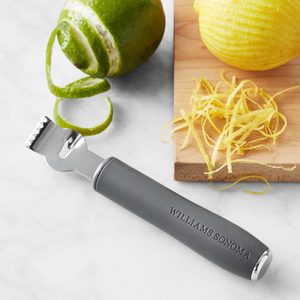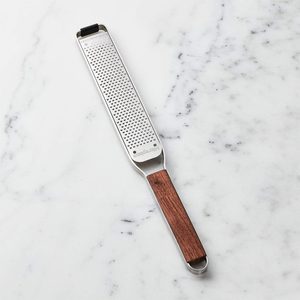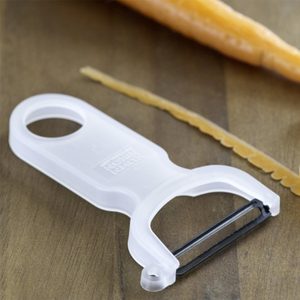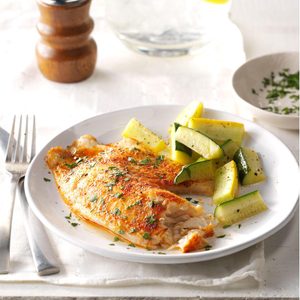How to Zest a Lemon 4 Easy Ways
Updated: May 19, 2024

Learn how to zest a lemon with or without a zester so you can give your favorite recipes a citrusy punch.
Our editors and experts handpick every product we feature. We may earn a commission from your purchases.Learn more.
A sprinkle of lemon zest can go a long way toward making a dish pop. In so many lemon recipes, from tart to sweet, the lemon adds brightness and just the right touch of acidity.
In baking, lemon zest is what makes the best lemon desserts so irresistible, lending these dishes their essential pucker. And it’s just as important to savory dishes like lemon-roasted vegetables.
But how do you capture the powerful flavor of citrus? We’ll walk you through four simple methods for how to zest a lemon, with or without a zester.
What Does It Mean to “Zest” a Lemon?
If you’re not familiar with using citrus in cooking, zest might be a new ingredient for you.
Zesting a lemon is simply scraping the outer peel of citrus fruit—like lemon, orange, lime or grapefruit—into small shavings. It packs so much punch because it’s filled with the fruit’s potent natural oils. Pound for pound, the outer part of the peel has more flavor than lemon juice (though juice also plays an important role in many citrus-based dishes).
How to Zest a Lemon with a Zester
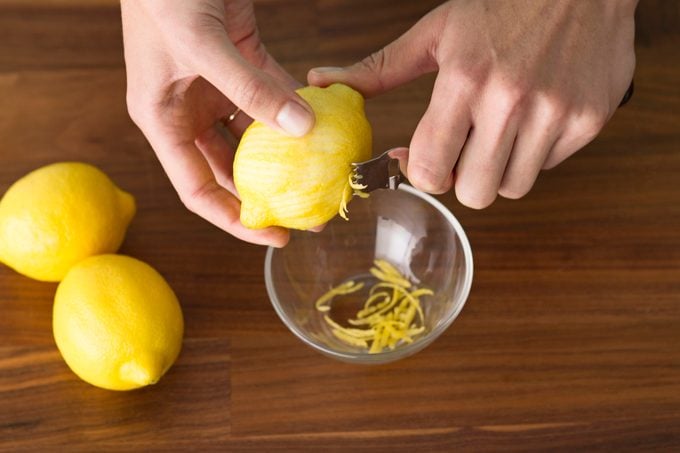
Learn how to zest a lemon with the tool made specifically for the job. A citrus zester is designed to create narrow strips of the outer peel. Be careful to zest only the colorful outermost portion and none of the white pith, which can be bitter.
Once zested, you can chop the strips into fine pieces to stir into a recipe. Or, if you plan to use them as a garnish, leave the strips as is—strips of zest make great accents for our favorite mocktails.
How to Zest a Lemon with a Microplane
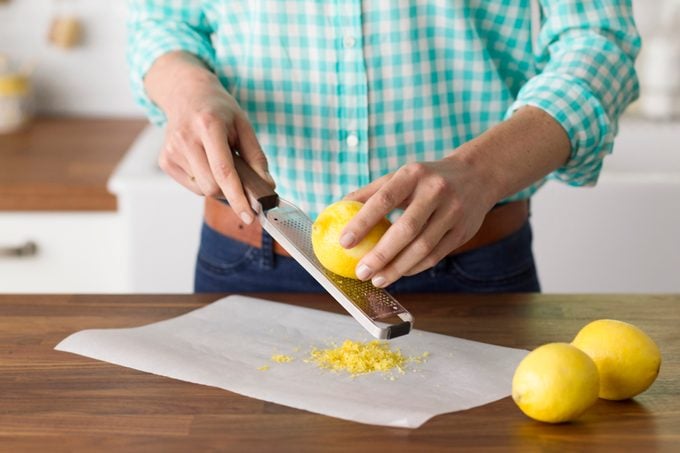
A rasp, sometimes called by the brand name Microplane, is our Test Kitchen’s preferred method for getting superfine lemon zest.
To use, simply rub a washed and dried lemon over the plane, using light pressure and turning as you work. Microplanes produce the finest zest possible—perfect for stirring into lemon curd, custard or any batter or dough (lemon spritz cookies, anyone?).
How to Zest a Lemon Without a Zester
Use a box grater
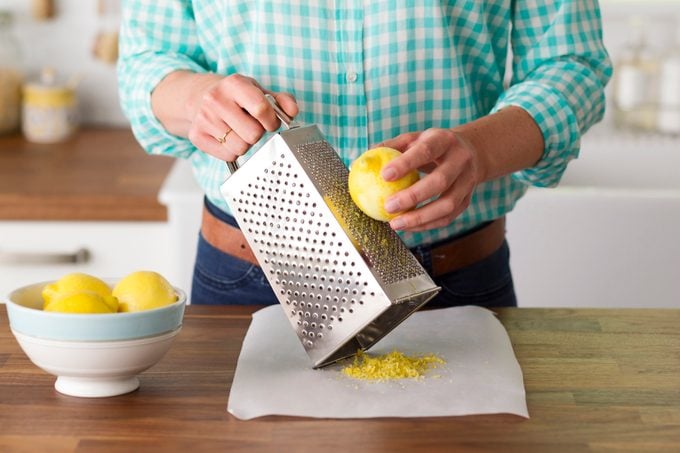
If you don’t have a citrus zester on hand, you can still get the lemon flavor you need. Just break out your box grater.
Use the fine holes or the sharp grater teeth to gently shave the zest from the lemon. Be sure to turn the fruit as you go to avoid getting any of the fibrous white pith.
Unlike the zester, this method provides small, fine pieces of zest, so there’s no need to chop afterward.
Use a vegetable peeler
Your everyday vegetable peeler can also be used to zest lemons. Use the blade to cut away the outer rind of the fruit. Larger strips of zest like this are ideal for garnishing cocktails, like a martini with a twist.
For finer pieces of zest, use a sharp knife to chop up the peel.
Tools for Zesting Citrus
Tips for Zesting a Lemon
How much zest does a lemon have?
The average lemon yields about 1 tablespoon of zest. Keep this in mind as you read recipes that call for these types of measures (but a little extra zest never hurt a dish—especially these lemon-basil recipes).
How do you store lemon zest?
You can store lemon zest in the refrigerator in an airtight container for about a week.
Lemon zest can also be stored in an airtight container or resealable plastic bag in the freezer for up to a year. When you’re ready to use it, no need to defrost: Just pop the zest into your lemon dessert batter.
And never let a lemon rind go to waste! If you’re planning on using just the juice, be sure to zest the peel into a container to use later.
What’s a good lemon zest substitute?
Sometimes, you swear you have a lemon in the crisper only to find the drawer bare. Don’t worry—there are lots of good substitutes for lemon zest. Zests from other citrus fruits are one option. You could also use a small amount of lemon extract or dried lemon peel. Lemon juice works in some recipes, but depending on what you’re making you may need to balance the tartness with a bit of sugar. Lemon juice also adds extra liquid you may not want when baking, so it’s best as a lemon zest substitute in recipes that already contain liquid, such as lemon curd.

